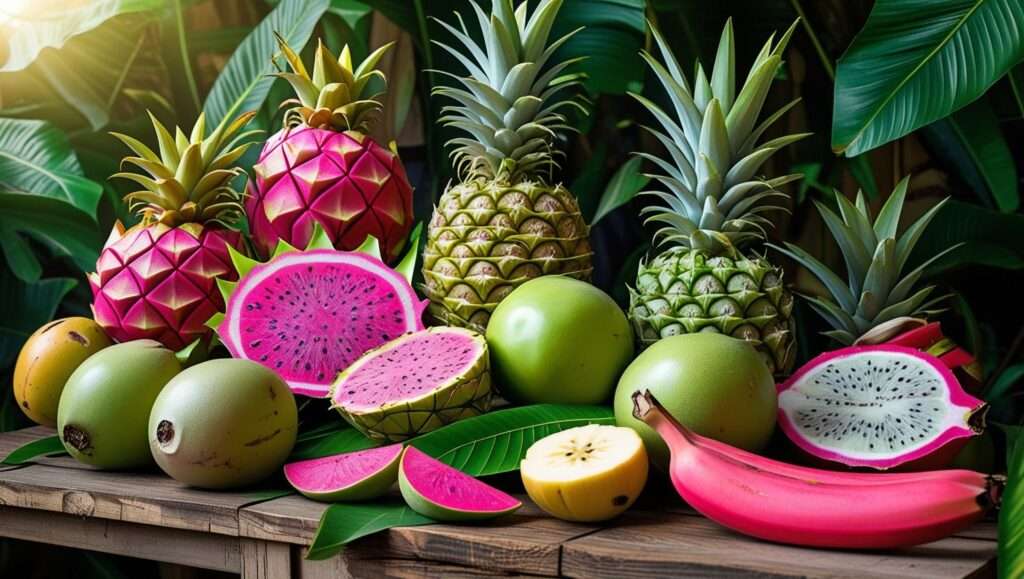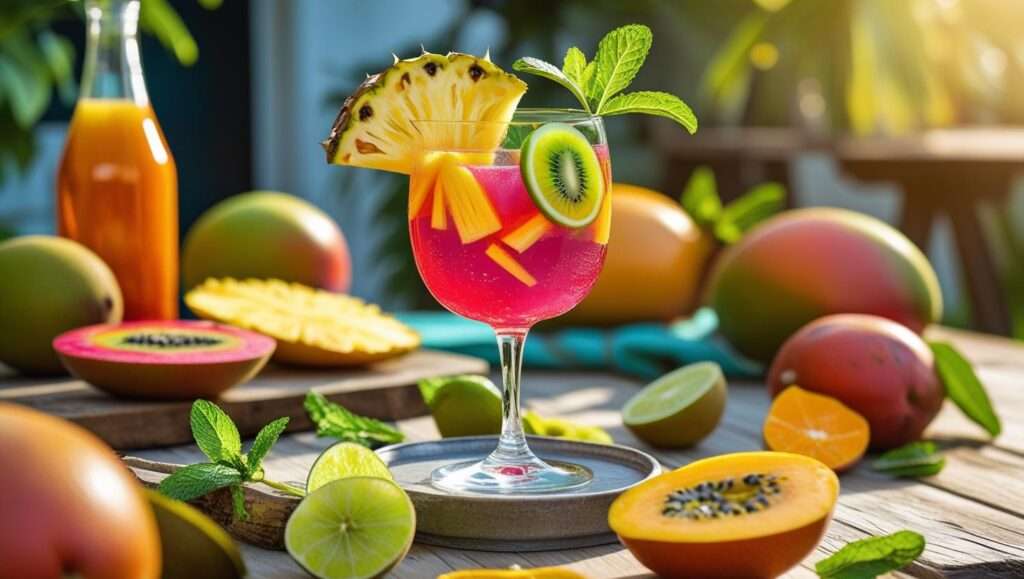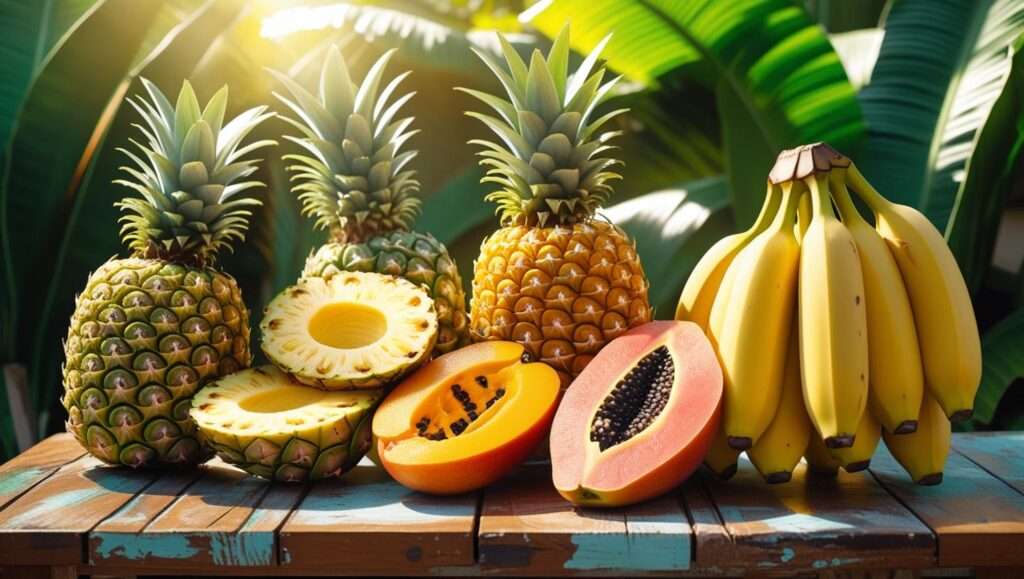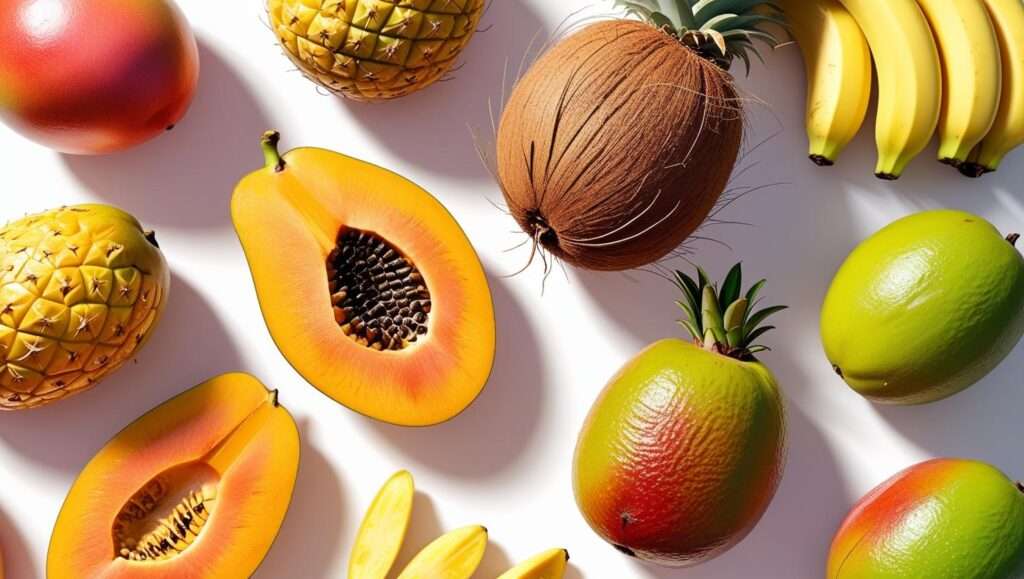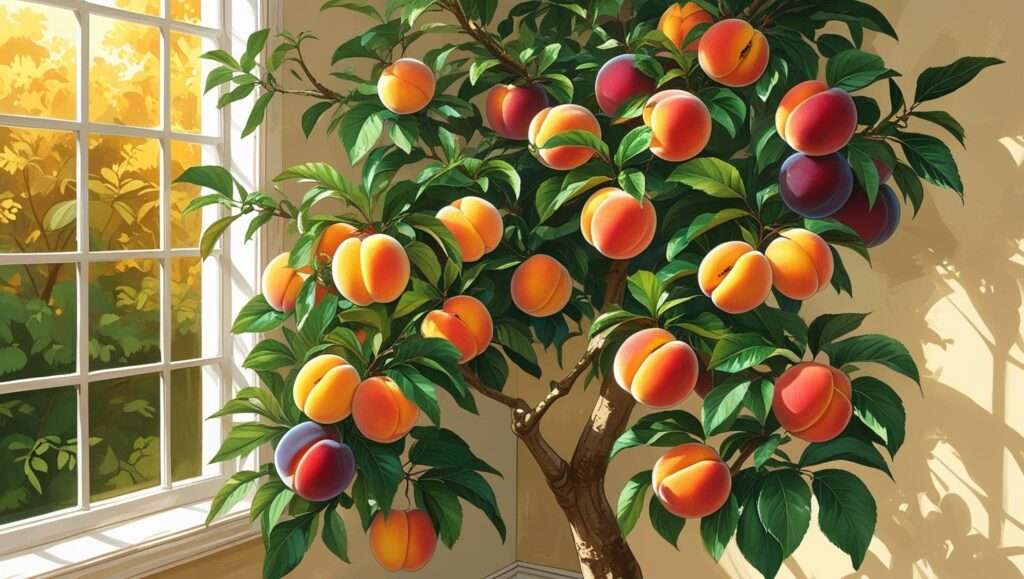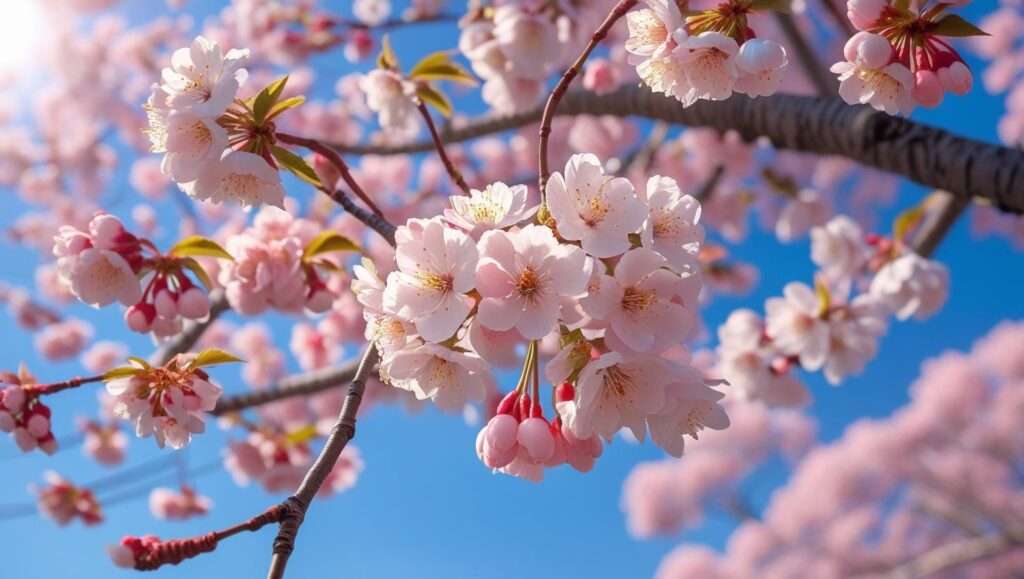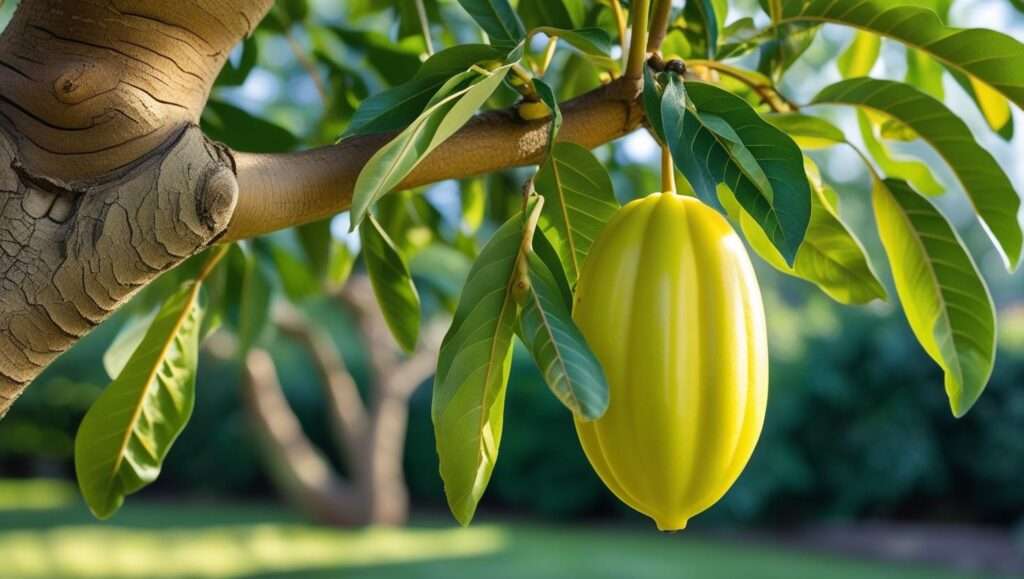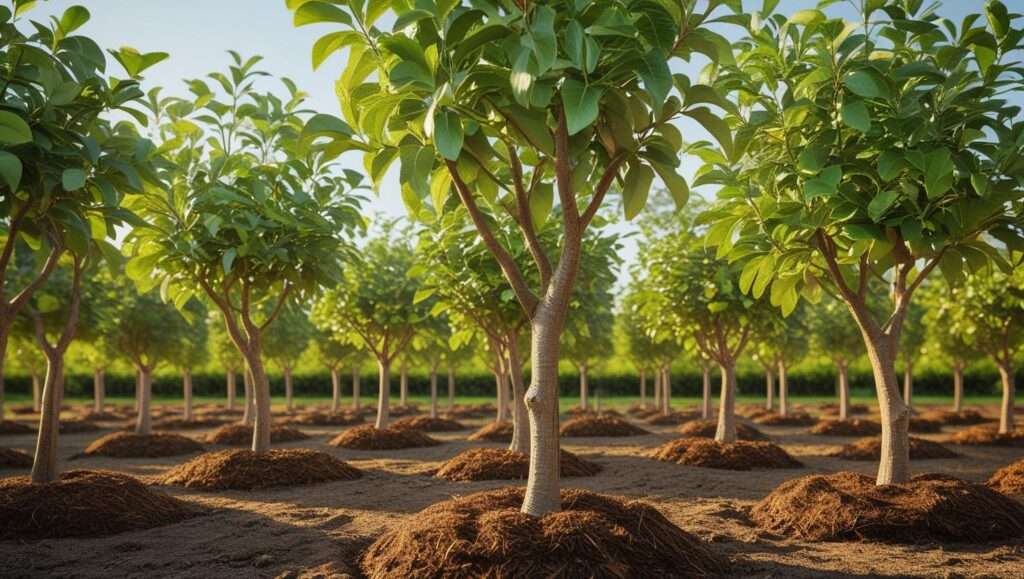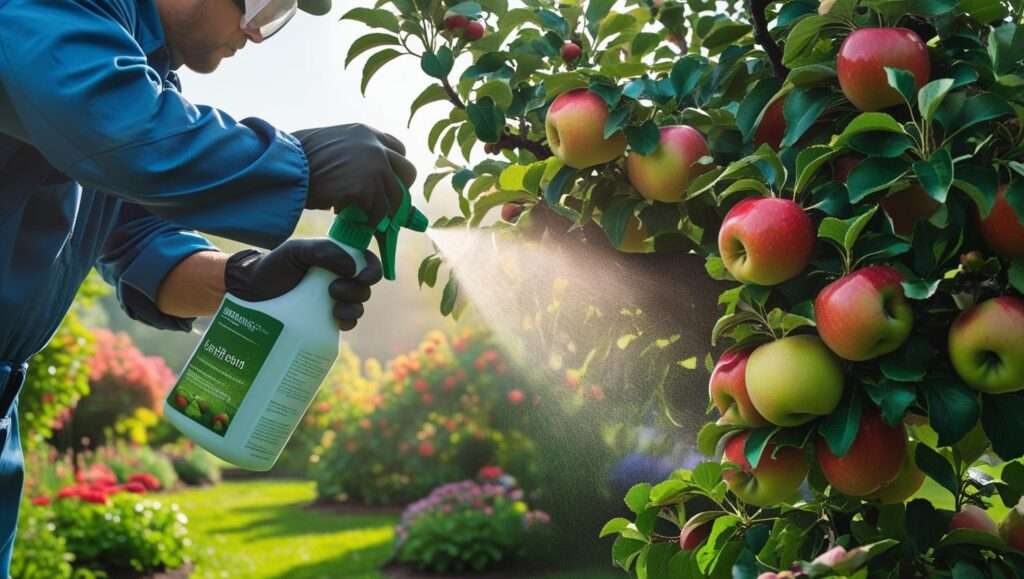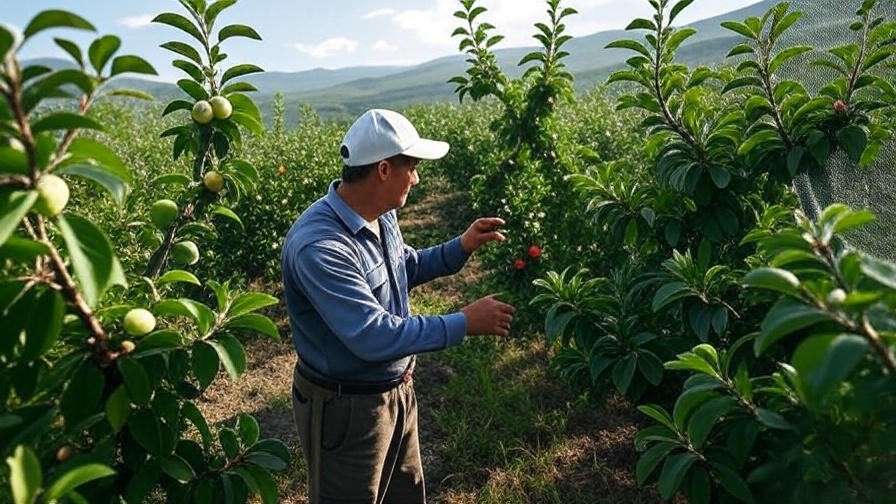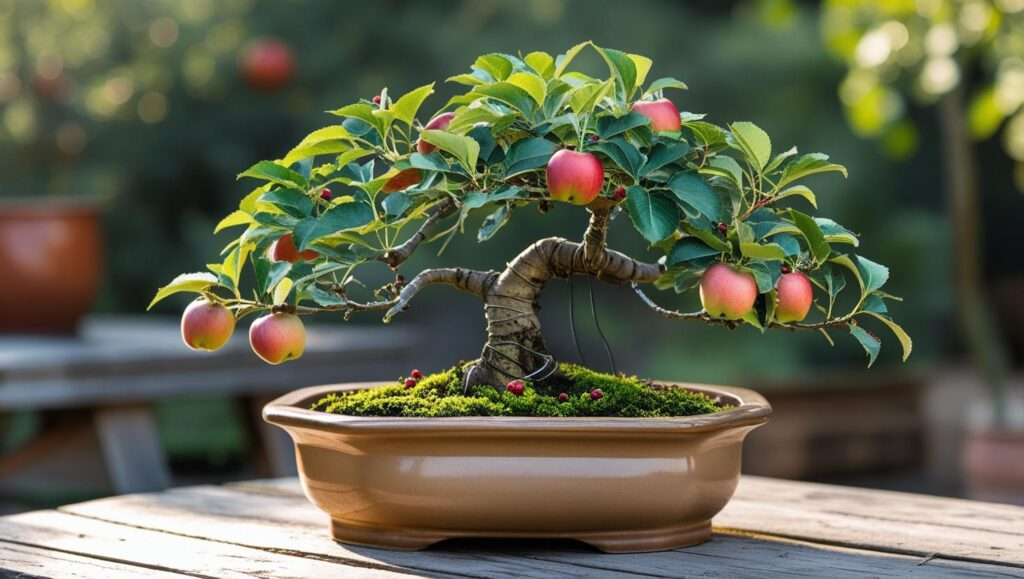Imagine standing in your backyard, envisioning rows of apple trees heavy with fruit or walnut trees shading your land, their branches laden with nuts. You’re ready to start your orchard, but one question looms: where do you find healthy, reliable trees? Choosing certified fruit & nut tree nurseries is the key to turning that vision into reality. Non-certified sources can lead to mislabeled varieties, diseased trees, or disappointing yields, costing you time and money. This comprehensive guide will empower you with expert insights to select trusted, certified nurseries, ensuring your orchard thrives for years to come. Backed by industry standards like USDA certification and insights from horticultural experts, we’ll walk you through everything you need to know to make informed decisions.
Why Choosing Certified Fruit & Nut Tree Nurseries Matters
The Importance of Certification

Certification isn’t just a buzzword—it’s a guarantee of quality. Certified fruit and nut tree nurseries meet rigorous standards set by organizations like the USDA or state agricultural departments. These standards ensure trees are disease-free, genetically true-to-type, and propagated under strict conditions. For example, certified nurseries test for pathogens like fire blight or citrus greening, which can devastate orchards. Non-certified nurseries, on the other hand, may sell mislabeled varieties or trees carrying hidden diseases, leading to poor growth or even orchard failure.
Benefits for Your Orchard
Sourcing trees from certified nurseries offers tangible benefits:
- Improved Tree Health: Certified trees are less likely to succumb to pests or diseases, reducing maintenance costs.
- Higher Yields: Healthy trees produce more fruit or nuts, maximizing your return on investment.
- Regulatory Compliance: Certified trees meet local agricultural laws, avoiding fines or removal orders.
- Longevity: Certified stock is bred for durability, ensuring your orchard thrives for decades.
Expert Insight: “Certified nurseries are the backbone of successful orchards,” says Dr. Jane Miller, a horticulturist with over 15 years of experience. “Their rigorous testing ensures you’re planting trees that are built to last.”
Tip: Always request a nursery’s certification documents or check with your state’s agricultural department to verify their status.
Understanding Fruit & Nut Tree Nursery Certifications
Types of Certifications to Look For
Not all certifications are created equal. Here are the key ones to prioritize:
- USDA Certified Organic: Ensures trees are grown without synthetic pesticides or fertilizers, ideal for organic growers.
- State-Specific Certifications: Programs like California’s Department of Food and Agriculture (CDFA) certify nurseries for disease-free stock.
- Clean Stock Programs: These focus on eliminating viruses and pathogens, such as the National Clean Plant Network for fruit trees.
- Regional Certifications: Some areas have unique standards, like Texas’s citrus certification for greening-free trees.
Each certification addresses specific needs, so align your choice with your orchard’s goals—whether organic farming, commercial production, or backyard gardening.
How Certifications Are Earned
Certification is a rigorous process. Nurseries undergo regular inspections, soil and tissue testing, and audits by third-party organizations. For example, the USDA requires nurseries to maintain pest-free facilities and document their propagation methods. This ensures that rootstock and scion wood (the grafted part of the tree) are free from diseases like apple mosaic virus or almond leaf scorch. Certified nurseries also adhere to traceability standards, so you know exactly where your trees come from.
Regional Considerations
Your local climate and soil play a huge role in tree selection. Certified nurseries tailor their stock to regional conditions. For instance, nurseries in Mediterranean climates like California prioritize drought-tolerant varieties, while those in temperate zones like the Midwest focus on cold-hardy trees. Always check if a nursery’s trees are suited to your USDA Hardiness Zone to avoid costly mismatches.
FAQ: What does ‘certified disease-free’ mean? It indicates that trees have been tested for specific pathogens and meet strict health standards set by certifying bodies.
How to Identify the Best Certified Nurseries

Researching Nursery Credentials
Finding a certified nursery starts with due diligence. Check the nursery’s website for certification badges or contact your state’s agricultural department to verify their status. Reputable nurseries often belong to organizations like the American Nursery & Landscape Association (ANLA), which enforces high standards. Look for transparency in their operations, such as detailed descriptions of their propagation methods or sourcing practices.
Evaluating Nursery Practices
Not all certified nurseries are equal in quality. Assess their practices:
- Propagation Methods: Look for nurseries using grafting or budding, which ensure consistent tree genetics.
- Rootstock Sourcing: High-quality nurseries use certified rootstock to enhance disease resistance and vigor.
- Transparency: Reputable nurseries provide clear information about their growing conditions and testing protocols.
Example: Green Valley Nursery in California, a USDA-certified organic nursery, shares detailed grafting records and offers a guarantee on tree health, earning trust from commercial growers.
Customer Reviews and Testimonials
Reviews are a goldmine for gauging nursery reliability. Check platforms like Google Reviews, agricultural forums, or X posts for honest feedback. Look for consistent praise about tree quality, shipping reliability, and customer service. Be wary of red flags like frequent complaints about mislabeled varieties or poor survival rates. For example, a quick search on X for “certified fruit tree nurseries” can reveal real-time grower experiences, helping you make informed choices.
Tip: Cross-reference reviews across multiple platforms to ensure authenticity and avoid biased feedback.
Key Factors to Consider When Choosing Trees
Matching Trees to Your Climate and Soil
Your orchard’s success hinges on selecting trees suited to your environment. Check your USDA Hardiness Zone to ensure compatibility—apple trees thrive in Zones 5–8, while citrus prefers Zones 9–11. Conduct a soil test to assess pH, drainage, and nutrient levels. For example, almond trees need well-drained soil with a pH of 6.0–7.5. Certified nurseries often provide zone-specific recommendations, so consult their catalogs or staff for guidance.
Selecting the Right Varieties
Choosing the right fruit or nut tree variety is critical. Popular options include:
- Fruit Trees: Apples (e.g., Honeycrisp), peaches (e.g., Elberta), citrus (e.g., navel orange).
- Nut Trees: Almonds (e.g., Nonpareil), walnuts (e.g., Chandler), pecans (e.g., Stuart).
Consider pollination needs—some trees, like apples, require cross-pollination, while others, like certain peaches, are self-pollinating. Certified nurseries label these traits clearly to help you plan.
Tree Size and Rootstock
Tree size affects your orchard’s layout and yield. Options include:
- Standard: Large trees (20–30 feet) for commercial orchards.
- Semi-Dwarf: Mid-sized (10–15 feet) for smaller farms or backyards.
- Dwarf: Compact (6–10 feet) for container gardening or limited spaces.
Rootstock influences vigor, disease resistance, and size. For example, M26 rootstock for apples produces semi-dwarf trees with strong disease resistance. Ask nurseries for rootstock details to match your needs.
Table: Comparison of Tree Sizes
| Tree Type | Height | Space Needed | Best For |
|---|---|---|---|
| Standard | 20–30 ft | 20–30 ft apart | Commercial |
| Semi-Dwarf | 10–15 ft | 10–15 ft apart | Small farms |
| Dwarf | 6–10 ft | 6–10 ft apart | Backyards |
Top Certified Fruit & Nut Tree Nurseries to Explore
National and Regional Nurseries
Here are five reputable certified nurseries to consider:
- Stark Bro’s Nurseries (Missouri): Over 200 years of experience, specializing in apples, peaches, and pears. USDA-certified and known for robust rootstock.
- Dave Wilson Nursery (California): CDFA-certified, offering a wide range of fruit and nut trees for Mediterranean climates.
- Bay Laurel Nursery (California): Specializes in organic citrus and stone fruit, with a focus on disease-free stock.
- One Green World (Oregon): Offers unique heirloom and cold-hardy varieties, certified by the Oregon Department of Agriculture.
- Raintree Nursery (Washington): Known for dwarf fruit trees and organic practices, certified for clean stock.
Online vs. Local Nurseries
Online nurseries offer convenience and variety, but local nurseries allow you to inspect trees in person. Online purchases require careful attention to shipping conditions—ensure trees are dormant and well-packaged to avoid stress. Local nurseries often provide region-specific advice, which is invaluable for beginners. For example, visiting a local nursery in Georgia might reveal peach varieties optimized for humid climates.
Specialty Nurseries for Unique Varieties
For rare or heirloom varieties, consider specialty nurseries:
- Trees of Antiquity (California): Focuses on heirloom apples and pears, certified organic.
- Burnt Ridge Nursery (Washington): Specializes in cold-hardy nut trees like chestnuts and hazelnuts.
- CRJ Fruit Trees (UK, ships to US): Offers unique European fruit varieties, certified by EU standards.
Expert Insight: “Our certified heirloom trees preserve genetic diversity while ensuring disease resistance,” says Mark Thompson of Trees of Antiquity.
Practical Steps to Source Trees from Certified Nurseries
How to Contact and Work with Nurseries

Reach out to nurseries via email or phone to inquire about availability, certifications, and planting advice. Ask specific questions like:
- What rootstock do you use for this variety?
- Are your trees tested for specific diseases?
- Do you offer planting guides or warranties?
Reputable nurseries provide detailed answers and often include care instructions with purchases.
Ordering and Delivery Tips
Timing is critical—order trees for delivery during dormant seasons (late fall or early spring) to ensure successful planting. Verify that nurseries use moisture-retaining packaging and ship quickly to prevent root drying. For example, Stark Bro’s uses gel packs to keep roots hydrated during transit. Always inspect trees upon arrival for signs of damage or stress.
After-Purchase Support
Certified nurseries often provide ongoing support, such as planting guides or helplines. For instance, Dave Wilson Nursery offers online videos for pruning and care. If a tree arrives damaged or fails to thrive, contact the nursery immediately—most offer replacements or refunds within a specified period.
Tip: Download our free checklist for evaluating nursery orders, including questions to ask and red flags to watch for.
Common Mistakes to Avoid When Buying from Nurseries

Overlooking Certification Details
One of the biggest pitfalls is assuming a nursery is certified without verifying. Some nurseries use vague terms like “high-quality” or “tested” to mimic certification, but these don’t guarantee standards. Always check for specific credentials, such as USDA or state certifications, and confirm them through official channels like your state’s agricultural department. Failing to do so risks planting trees that may carry diseases or fail to produce as expected.
Ignoring Regional Suitability
Choosing trees unsuitable for your climate or soil can doom your orchard from the start. For example, planting tropical mango trees in Zone 6 will likely result in frost damage, while heavy clay soils can suffocate walnut tree roots. Certified nurseries provide zone-specific guidance, but it’s your responsibility to match their recommendations to your local conditions. Use resources like the USDA Plant Hardiness Zone Map and conduct a soil test before ordering.
Focusing Solely on Price
While budget is a factor, prioritizing the cheapest trees often backfires. Non-certified or low-quality trees may require more maintenance, produce lower yields, or die prematurely, costing you more in the long run. Certified nurseries may charge a premium, but their trees are an investment in quality and longevity. Balance cost with factors like certification, variety suitability, and nursery reputation to ensure value.
FAQ: Can I trust online nurseries? Yes, if they’re certified and have strong reviews. Always verify credentials and check for secure shipping practices.
Maintaining Your Orchard Post-Purchase
Planting and Care Tips
Proper planting sets the stage for a thriving orchard. Follow these best practices from certified nurseries:
- Digging the Hole: Make it twice as wide and as deep as the root ball to encourage root spread.
- Planting Depth: Position the graft union (the bulge where the rootstock meets the scion) 2–3 inches above soil level.
- Watering: Provide 1–2 gallons of water per tree weekly for the first year, adjusting for rainfall.
- Mulching: Apply 2–4 inches of organic mulch (e.g., wood chips) around the base to retain moisture and suppress weeds.
Pruning is equally critical. For fruit trees like apples, prune in late winter to shape the tree and remove dead wood. Nut trees like pecans benefit from light pruning to improve air circulation. Certified nurseries often include variety-specific care guides—follow them closely.
Monitoring Tree Health
Healthy trees show vibrant leaves, steady growth, and no signs of wilting or discoloration. Watch for red flags like:
- Yellowing Leaves: May indicate nutrient deficiency or overwatering.
- Cankers or Lesions: Could signal fungal infections or pest damage.
- Stunted Growth: Often linked to poor soil or root issues.
If you spot problems, contact your nursery or local extension service for diagnosis. Many issues can be resolved with early intervention, such as adjusting irrigation or applying organic pest controls.
Long-Term Orchard Success
A thriving orchard requires ongoing care:
- Pest Management: Use integrated pest management (IPM) techniques, like introducing beneficial insects or using organic sprays recommended by certified nurseries.
- Irrigation: Install drip irrigation for consistent moisture, especially in dry climates.
- Fertilization: Apply balanced fertilizers (e.g., 10-10-10) in spring, following soil test recommendations.
- Learning: Stay informed through nursery newsletters, agricultural extension courses, or online forums.
Example: In Oregon, a small-scale farmer sourced certified dwarf apple trees from Raintree Nursery. By following their planting guide and attending a local pruning workshop, they achieved a 30% higher yield in their third year compared to non-certified trees planted previously.
Choosing certified fruit and nut tree nurseries is the foundation of a successful orchard. From ensuring disease-free stock to selecting varieties tailored to your climate, certified nurseries provide the quality and expertise you need to grow healthy, productive trees. This guide has equipped you with actionable steps—verifying certifications, researching nurseries, and caring for your trees—to turn your orchard dreams into reality. Start by exploring reputable nurseries like Stark Bro’s or Dave Wilson, use our downloadable checklists, and consult your local extension service for personalized advice. Share your experiences with certified nurseries in the comments or on platforms like X to inspire other growers. With the right trees and knowledge, your orchard will flourish for generations.
FAQs
- What does it mean if a nursery is certified?
Certification means the nursery meets strict standards for tree health, genetic accuracy, and disease resistance, set by bodies like the USDA or state agricultural departments. - How can I tell if a nursery is reputable?
Verify certifications, check customer reviews on Google or X, and look for affiliations with organizations like the American Nursery & Landscape Association. - Are certified trees more expensive?
They may cost more upfront due to rigorous testing and quality control, but they save money long-term through better yields and lower maintenance. -
Can I grow certified trees in containers?
Yes, dwarf varieties from certified nurseries are ideal for containers, provided they’re suited to your climate and receive proper care.


